Hot and sunny days promote sunscald in peppers and other vegetables
High light and rapid growth of peppers cause sunscald if the fruit is not shaded.
Bell pepper is a crop that requires high temperatures (65 to 95°F) for growth. Therefore, the hot weather and sunny days observed over the last couple of days have been very beneficial for bell peppers growth and development. Unfortunately, the fruit is very susceptible to sunburn (sunscald) under conditions of high irradiance. Fruit exposed to the sun become extremely hot, in contrast to fruit protected by a dense canopy. The combination of hot weather and recent rain events increased the rate of fruit expansion, making fruit even more susceptible to sunburn. Additionally, sun damage makes the fruit vulnerable to plant pathogens; therefore, growers will likely see significant crop losses from sunscald in peppers over the next couple of harvests if they have plants with exposed fruit. Losses in excess of 30 percent could easily be observed, in some situations, if we continue to have hot and sunny days. We have observed about 10 to 20 percent losses in some of our research plots this week. We are also finding damage in other crops like slicing cucumbers and early tomatoes.
Management options
Nutrient management prior to fruit set and during fruit set is critical. Plants under poor soil fertility or drought stress develop a thin canopy with most of their fruit exposed (Photos 1-4). Adequate crop fertilization and irrigation help develop a thick canopy that protects fruit from direct sun (Photo 5).
Shading is the best management option; cultivars with a thick canopy usually show low sunscald incidence. On a small-scale, shade cloths could provide some protection. However, for large-scale commercial production, the strategy may not be cost effective or practical. The harvest crew should be educated on the benefit of shading and how this reduces the incidence of sunscalding. Crews should try, as much as possible, to avoid exposing immature fruit during harvest.
There are chemical sprays that have been used in other places to limit sunscald on crops like tomatoes, melons and peppers, but none of those chemicals have been tested under our growing conditions. The chemicals are usually applied when the fruit is still small or between pickings to protect fruit that are exposed after harvest.
For additional information, contact Mathieu Ngouajio by email or at 517-355-5191 ext. 1410.
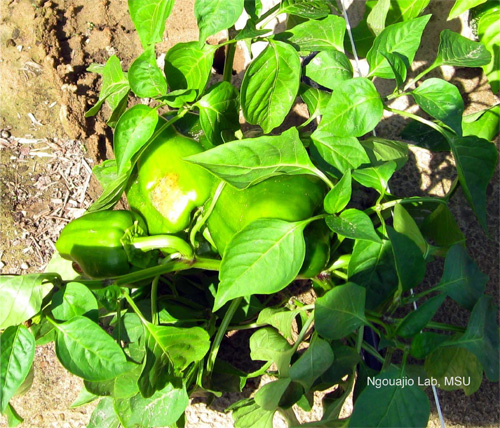
Photo 1. Fruit exposed to the sun is more susceptible to sunburn.
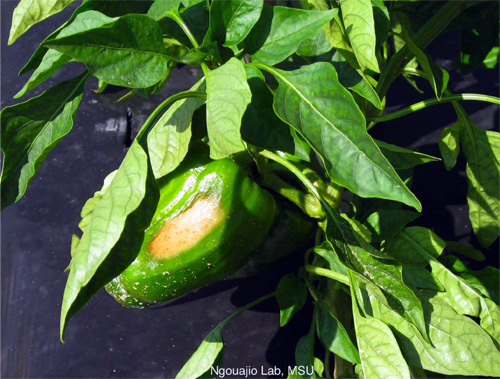
Photo 2. Sunburn symptoms on peppers.
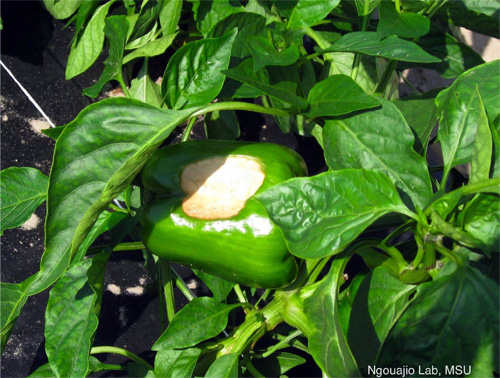
Photo 3. Large sunburn on peppers.
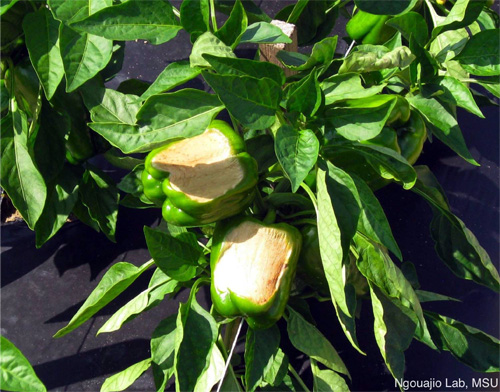
Photo 4. Sunburn may lead to entire fruit rot.
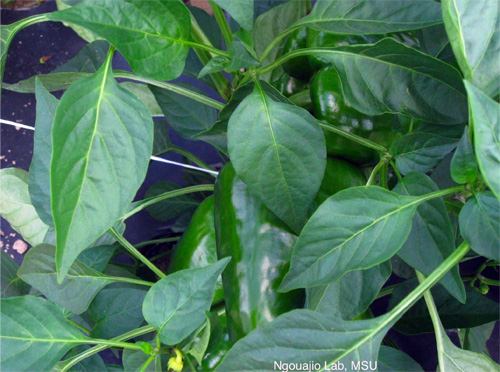
Photo 5. Fruit protected by a dense canopy are not affected by sunburn.
Dr. Ngouajio's work is funded in part by MSU's AgBioResearch.



 Print
Print Email
Email


